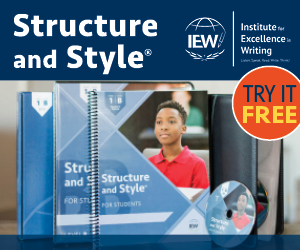Dual Enrollment and Scholarships
Q. If a homeschool student takes dual enrollment classes at a community college, could this impact freshman scholarship opportunities?
A. According to Lee Andes, assistant director of financial aid with the State Council of Higher Education (SCHEV), there is not a clear-cut answer to this question. The term “freshman” can have different meanings, and in the end, the one offering the scholarship establishes the eligibility requirements.
Mr. Andes explained the following acceptable definitions of the term “freshman:”
- A student in his first year of a bachelor’s degree program
- A student attending any institution for the first time at the undergraduate level including students who may have taken summer courses or “students who entered with advanced standing (college credits earned before graduation from high school)”
- A student who has completed less than the equivalent of one full year of undergraduate work (less than 30 semester hours in a 120-hour degree program)
Generally a freshman would refer to someone who has earned less than 30 credit hours as described in the first and third definitions, but there is flexibility in the actual number of hours in the first definition.
The second definition would allow for more than 30 hours as long as it is the first time the student has been enrolled as a degree-seeking student. This allows for any number of dual enrollment credit and other forms of earning credit before becoming a degree-seeking student.
“In most cases, the student’s eligibility for a freshman scholarship is safe if they are entering with less than 30 credit hours earned, but the safest option and best advice, is to ask the college or organization offering the scholarship about the consequences of taking dual-enrollment, especially as you approach that 25th -30th credit hour.“
“Ultimately, the decision to pursue dual-enrollment is more than just whether a person remains qualified for a freshman scholarship. Completing a year or more worth of academic credit places a student one year closer to degree-completion and entering the workforce, which results in one less year of paying higher tuition at a four-year institution, one more year of full-time employment earnings, one less year of potential student debt, and one less year of opportunities for life-events to derail college completion.”
Thank you, Lee Andes, Assistant Director of Financial Aid, SCHEV!









